Ghostly Past
Alfonso Cuarón / Roma
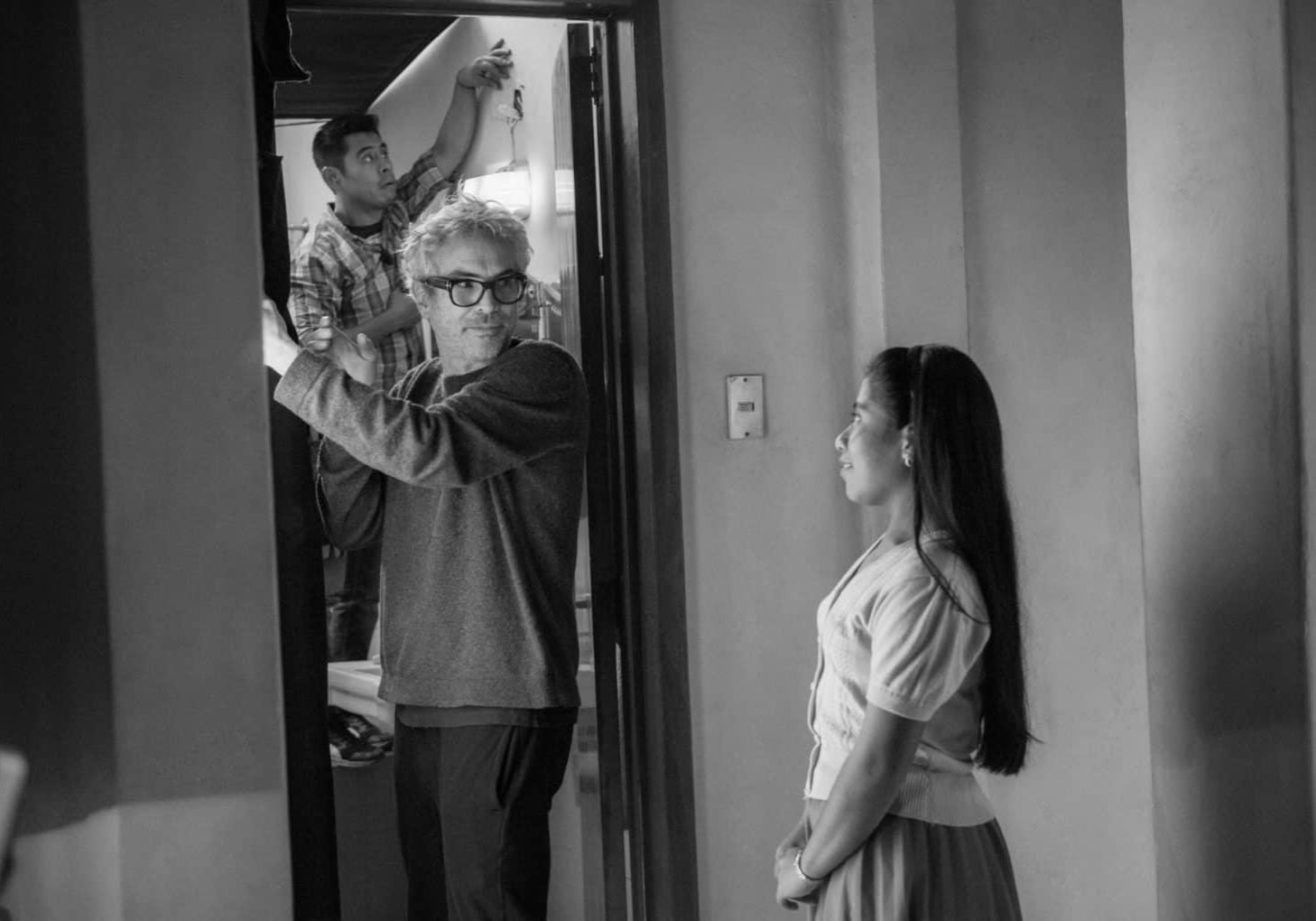
Ghostly Past
Alfonso Cuarón / Roma
WANT TO READ IT ALL?
Below is only a teaser, and the full interview can be found in the January 2019 issue (91) of British Cinematographer magazine.
If you purchase a year’s digital subscription from just £30, or a year’s all-inclusive subscription from just £64, you can read the interview in Issue 91 by clicking HERE. You will also receive access to the rest of our extensive back catalogue.
CLICK TO BUY A DIGITAL SUBSCRIPTION
CLICK TO BUY A PRINT & DIGITAL SUBSCRIPTION
Lead image by Carlos Somonte
BY: Trevor Hogg
After exploring a dystopian future in Children Of Men (2006), followed by outer space exploits in Gravity (2013), Oscar-winning Mexican filmmaker Alfonso Cuarón decided to go back in time and revisit his childhood for his next production Roma (2018). Produced by Netflix, the feature earned worldwide critical acclaim after exposure at film festivals around the world, and with a 2018 Venice Golden Lion already in the bag for the director, it is expected to feature prominently in the 2019 awards season nominations.
Inspired by the live-in domestic maid who had a profound effect on Cuarón during his own boyhood, the story chronicles a year in the life of a middle-class family in Mexico City in the early 1970s. Along with her routine of daily chores, Cleo (Yalitza Aparicio), one of family’s housekeepers, helps to preserve the peace in a home that is under considerable stress, whilst also dealing with her own personal and often difficult dilemmas.
“This film I considered doing 12 years ago after Children Of Men,” reveals Cuarón, who won the Bronze Frog at the EnergaCamerimage Festival Of Cinematography for Roma. “The basic principles of what I wanted to do were the same. It’s a story about Cleo, it was going to be in B&W, and the whole method, process and research were based on my memories.”
Renowned Mexican cinematographer Emmanuel ‘Chivo’ Lubezki AMC ASC, whose previous work with Cuarón includes Y Tu Mamá También (2001), Children Of Men and Gravity, had prepped the first part of the production, but a scheduling conflict resulted in Cuarón taking over the photography on the film.
“In many ways, being my own cinematographer was a shortcut, because there were images springing directly out of my memory,” says Cuarón. “I’ve always been involved with the framing and composition for all of my films. It’s something that I design by the inch and discuss with Chivo. Sometimes when I was framing during the production of Roma, these memory smells would come to me and then I would know that I was going in the right direction!”
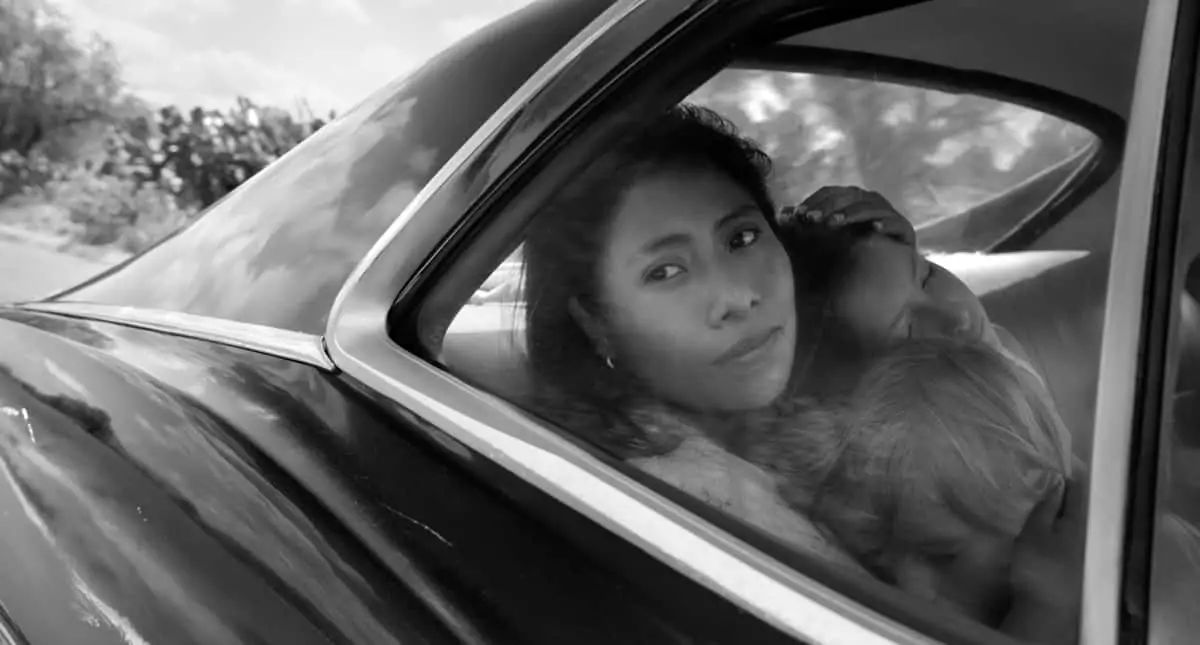
Cuarón adopted an observational approach for the camera, as he explains. “It’s like a ghost from the present visiting the past, which was the way I described it to the crew. I tried to avoid any cinematic language that conveyed subjectivity. For instance, there’s not one single dolly in or out. The funny thing with this one is I made use of a framing style that Chivo finds to be flat. The character is framed from the front as opposed to three-quarters.”
Key crew members were gaffer Javier Enríquez, camera operator/cinematography collaborator Galo Olivares, first AC Francesco Cavazza, DIT Ernesto Joven, and Technicolor LA colourist Steve Scott.
Roma is the first production since Y Tu Mamá También (2001) that Cuarón has shot in Mexico. Principal photography lasted for 110 days and mostly took place in the Colonial Roma neighbourhood of Mexico City. The majority of the story unfolds in an exact replica of the filmmaker’s childhood home, which was a set constructed within a house that had the desired historical aesthetic and featured original furniture provided by members of his family.
“We would go out scouting locations and I’d try to reimagine the moment of memory in the context of the place,” remarks Cuarón. “We would come weeks or months later to mark where the track would go or where the camera would pan from place to place. The art department knew exactly what we were going to see. We would have to make considerations. I’d discuss with Javier the lighting of each shot. I knew that the camera was going to be cornered on one side framing the whole house with foreground and background.”
READ IT ALL
The full interview can be found in the January 2019 issue (91) of British Cinematographer magazine.
If you purchase a year’s digital subscription from just £30, or a year’s all-inclusive subscription from just £64, you can read the interview in Issue 91 by clicking HERE. You will also receive access to the rest of our extensive back catalogue.

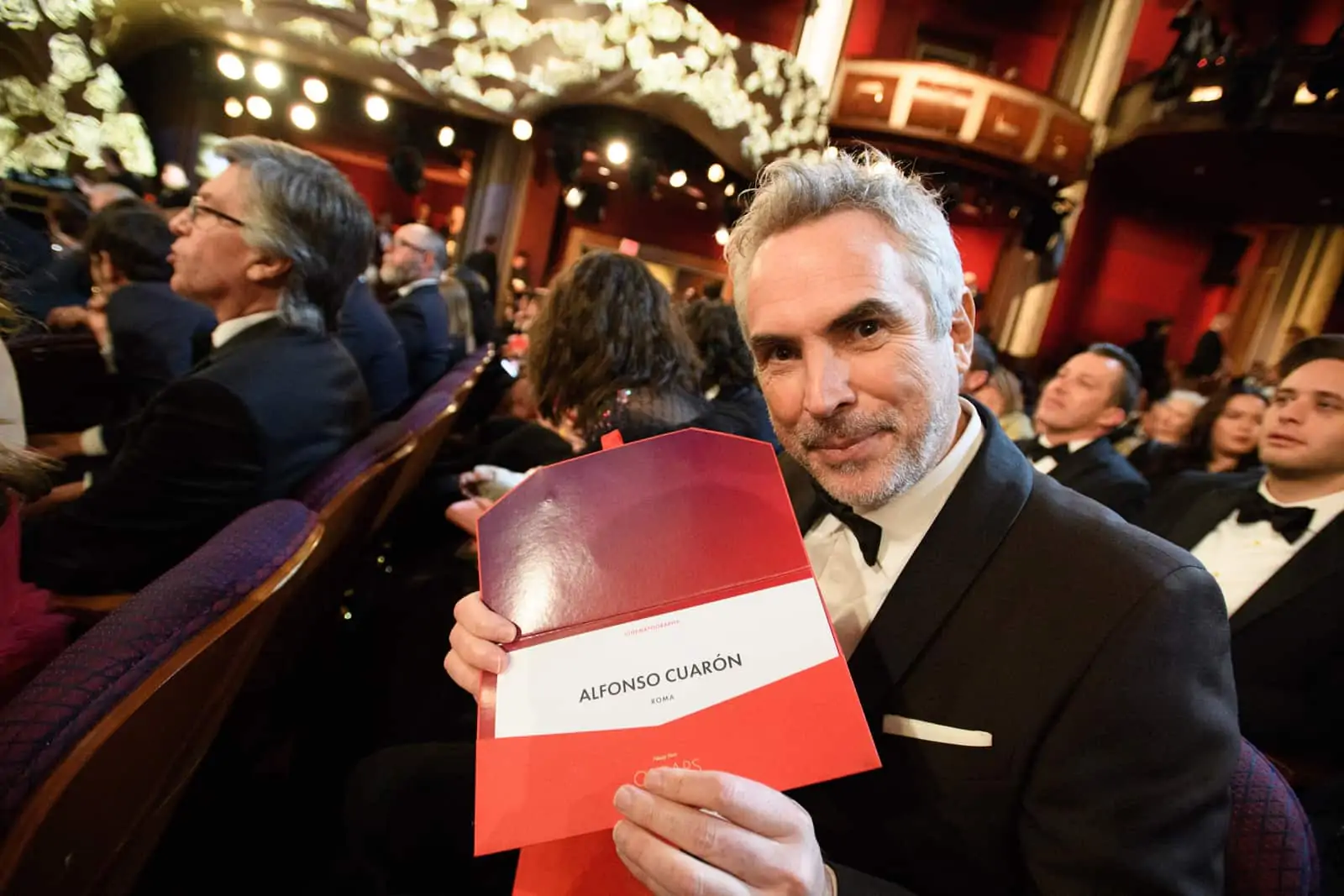

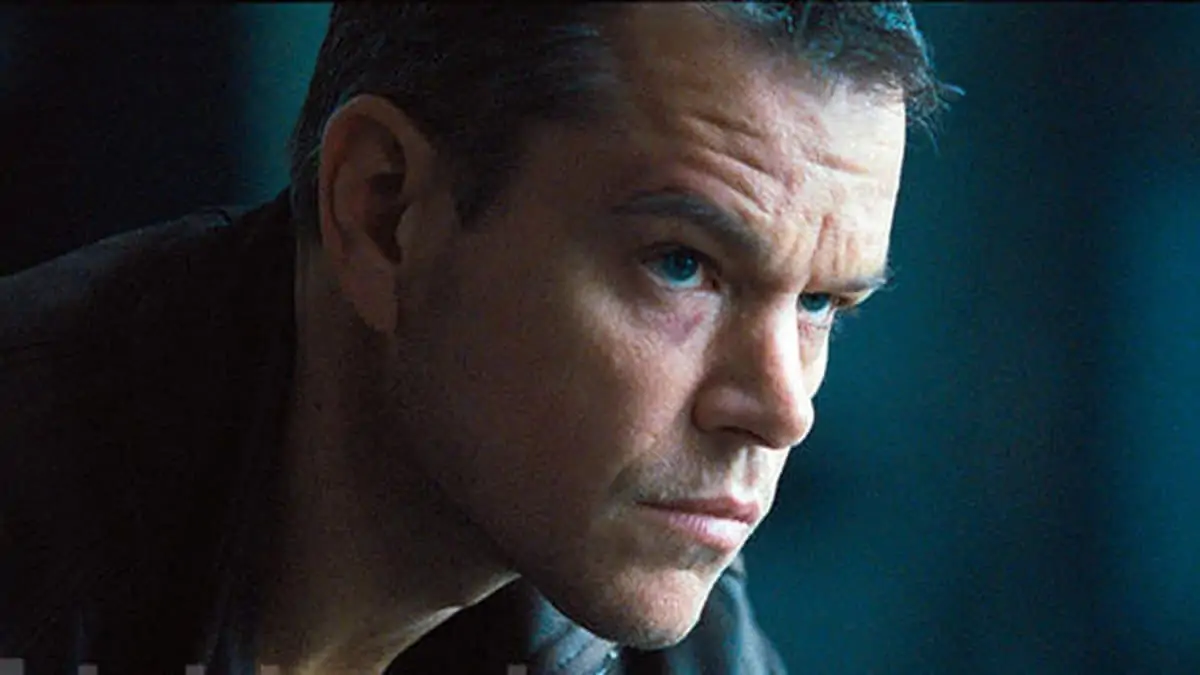
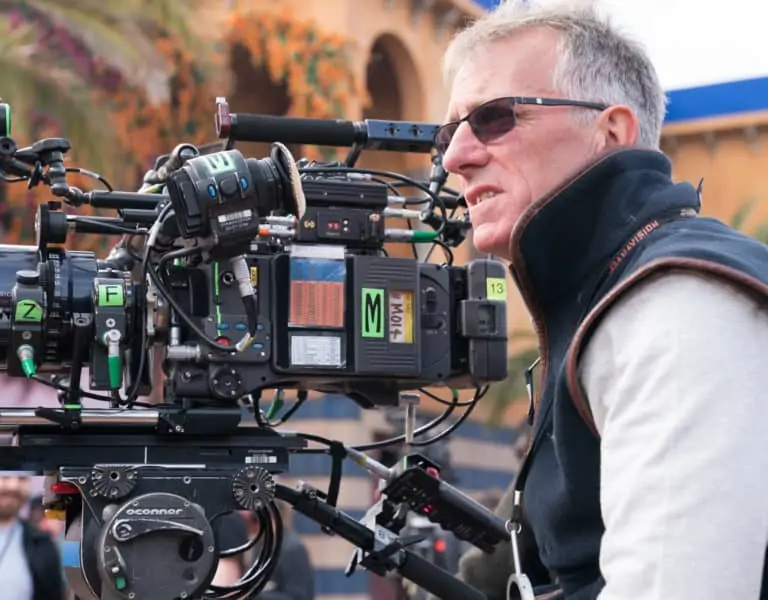
Comments are closed.